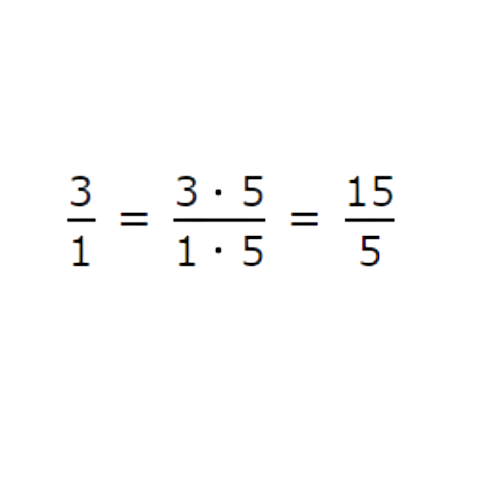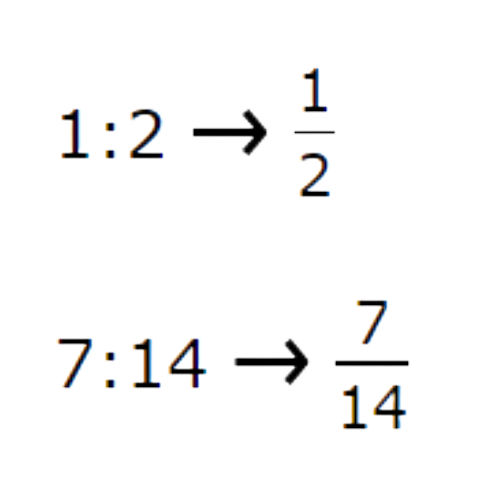Identify equivalent ratios
Key Notes :
What are Ratios?
- A ratio is a relationship between two numbers, showing how many times the first number contains the second. It is written in the form of a:b or a/b, where a and b are numbers.
Equivalent Ratios
- Equivalent ratios are ratios that express the same relationship between numbers, even though the numbers themselves may be different.
- For example, the ratios 2:4 and 3:6 are equivalent because both express the same relationship (both simplify to 1:2).
How to Identify Equivalent Ratios?
- Simplifying the Ratio:
- To check if two ratios are equivalent, try simplifying both ratios to their lowest terms.
- Example:
- 4:8 → Simplified form is 1:2.
- 2:4 → Simplified form is also 1:2.
- Since both ratios simplify to 1:2, they are equivalent.
- Cross-Multiplication Method:
- You can also use cross-multiplication to identify equivalent ratios.
- For two ratios a:b and c:d, if a × d = b × c, the ratios are equivalent.
- Example:
- Compare 2:3 and 4:6.
- Cross-multiply: 2 × 6 = 12 and 3 × 4 = 12.
- Since both products are equal, the ratios are equivalent.
- Multiplying or Dividing Both Terms of a Ratio:
- You can find equivalent ratios by multiplying or dividing both terms of a ratio by the same number.
- Example:
- Start with 3:5.
- Multiply both terms by 2: 3 × 2 = 6 and 5 × 2 = 10, giving the equivalent ratio 6:10.
- Multiply both terms by 3: 3 × 3 = 9 and 5 × 3 = 15, giving the equivalent ratio 9:15.
Learn with an example
👉 Are the ratios 4:2 and 12:6 equivalent?
- yes
- no
First, write the ratios as fractions.
The first number is the numerator. The second number is the denominator.

You can compare the fractions using a common denominator.
The denominators are 2 and 6. You can use 6 as the common denominator since 6 is a multiple of 2.
Write 4/2 with a denominator of 6.

So, 4/2 and 12/6 are equal.
This means that the ratios 4:2 and 12:6 are equivalent.
👉 Are the ratios 15:5 and 3:1 equivalent?
- yes
- no
First, write the ratios as fractions.
The first number is the numerator. The second number is the denominator.

You can compare the fractions using a common denominator…
The denominators are 5 and 1. You can use 5 as the common denominator since 5 is a multiple of 1.
Write 3/1 with a denominator of 5.

So, 15/5 and 3/1 are equal.
This means that the ratios 15:5 and 3:1 are equivalent.
✈️ Are the ratios 1:2 and 7:14 equivalent?
- yes
- no
First, write the ratios as fractions.
The first number is the numerator. The second number is the denominator.

You can compare the fractions using a common denominator.
The denominators are 2 and 14. You can use 14 as the common denominator since 14 is a multiple of 2.
Write 12 with a denominator of 14.

So, 1/2 and 7/14 are equal.
This means that the ratios 1:2 and 7:14 are equivalent.
Let’s practice! 🖊️

